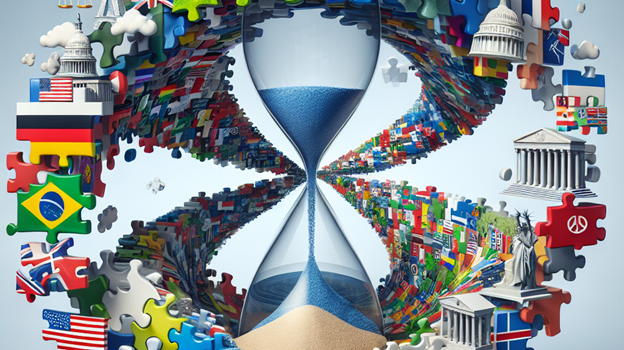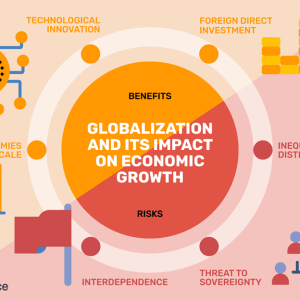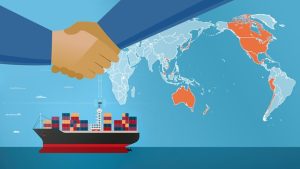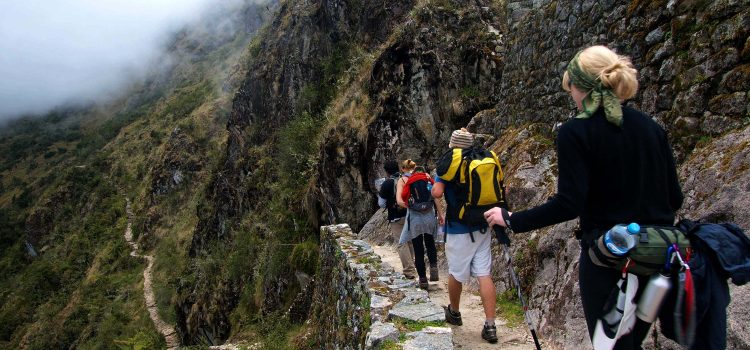
Traveling as a student is one of life’s most enriching experiences. It provides a unique opportunity to discover new cultures, meet diverse people, and create lasting memories. However, as a student, money can be tight, making it essential to find ways to travel affordably. The good news is that budget travel doesn’t mean sacrificing fun or comfort. With a bit of planning and creativity, you can explore the world without breaking the bank. Here are some friendly budget travel tips for students to help you embark on your next adventure.
Plan Ahead
Planning is crucial when it comes to budget travel. Start by researching your destination thoroughly. Look for affordable accommodation, cheap flights, and budget-friendly activities. Planning ahead allows you to take advantage of early bird discounts and avoid last-minute price hikes.
Travel During Off-Peak Seasons
One of the best budget travel tips for students is to travel during off-peak seasons. Tourist destinations are less crowded, and prices for flights and accommodation are significantly lower. Plus, you’ll have a more authentic experience without the tourist rush.
Use Student Discounts
Always carry your student ID card when traveling. Many attractions, museums, and public transport systems offer significant discounts to students. Websites like ISIC (International Student Identity Card) provide a comprehensive list of discounts available worldwide.
Book Flights in Advance
Flights can be one of the most expensive parts of your trip. To get the best deals, book your flights well in advance. Use flight comparison websites like Skyscanner, Kayak, or Google Flights to find the cheapest options. Consider flying with budget airlines and be flexible with your travel dates.

Consider Alternative Accommodation
Instead of staying in expensive hotels, consider more affordable alternatives like hostels, guesthouses, or Airbnb. Hostels are a great way to meet fellow travelers and often offer communal kitchens where you can cook your meals, saving you money on eating out.
Use Public Transportation
Using public transportation is a cost-effective way to get around. Research the local transport options available at your destination and consider purchasing day passes or travel cards for unlimited travel. Walking or biking is also a great way to explore, stay fit, and save money.
Cook Your Own Meals
Eating out can quickly add up, so try to cook your own meals whenever possible. Stay in accommodations with kitchen facilities, shop at local markets, and prepare simple, budget-friendly meals. Not only will this save you money, but it’s also a fun way to experience local ingredients and flavors.

Take Advantage of Free Activities
Many destinations offer a plethora of free activities that you can enjoy. Explore parks, beaches, and hiking trails, visit free museums and cultural sites, or attend local festivals and events. Research online or ask locals for recommendations on free or low-cost things to do.
Travel with Friends
Traveling with friends can help reduce costs as you can share expenses for accommodation, transportation, and food. Plus, it’s always more fun to have travel companions to share the experience with. Just make sure to plan and communicate clearly to avoid any misunderstandings.
Pack Light
Packing light can save you money on baggage fees, especially if you’re flying with budget airlines. Bring versatile clothing that you can mix and match and avoid overpacking. Remember, you can always do laundry during your trip if needed.
Use Travel Rewards and Loyalty Programs
Sign up for travel rewards programs and loyalty schemes offered by airlines, hotels, and credit card companies. Accumulate points and miles that you can redeem for free flights, accommodation, or other travel-related expenses. This is a great way to make your budget go further.
Stay Connected with Free Wi-Fi
Avoid expensive roaming charges by using free Wi-Fi whenever possible. Many cafes, restaurants, and public spaces offer free Wi-Fi, so you can stay connected without spending a fortune. Alternatively, consider purchasing a local SIM card with a data plan for affordable internet access.
Be Flexible and Open-Minded
Flexibility is key to budget travel. Be open to changing your plans if you come across a great deal or an unexpected opportunity. Sometimes, the most memorable experiences come from spontaneous decisions and taking the road less traveled.
Learn Basic Phrases in the Local Language
Learning a few basic phrases in the local language can go a long way in making your trip more enjoyable and affordable. Locals are often more willing to help and offer recommendations when you make an effort to speak their language. Plus, it can lead to more authentic and rewarding interactions.
Keep an Eye on Your Budget
Last but not least, keep track of your expenses and stick to your budget. Use budgeting apps to monitor your spending and make adjustments if needed. Being mindful of your finances ensures that you can enjoy your trip without worrying about running out of money.

Conclusion
Traveling on a student budget may require some extra effort and planning, but it’s entirely possible to have an amazing adventure without spending a fortune. By following these friendly budget travel tips for students, you can explore new destinations, meet incredible people, and create unforgettable memories. Happy travels!
































